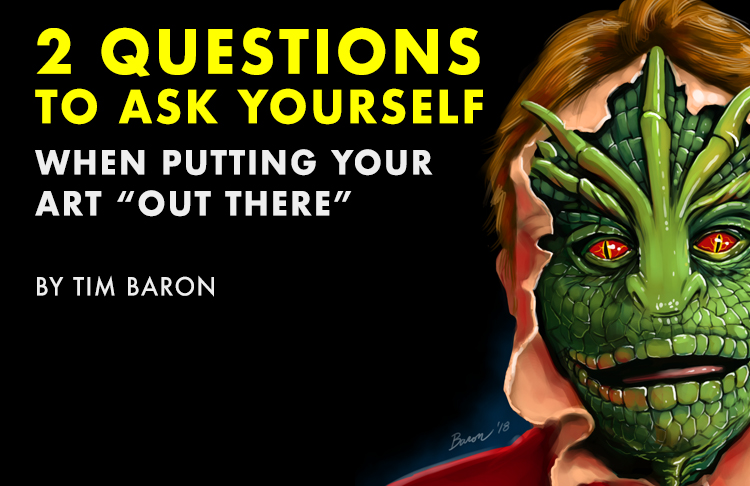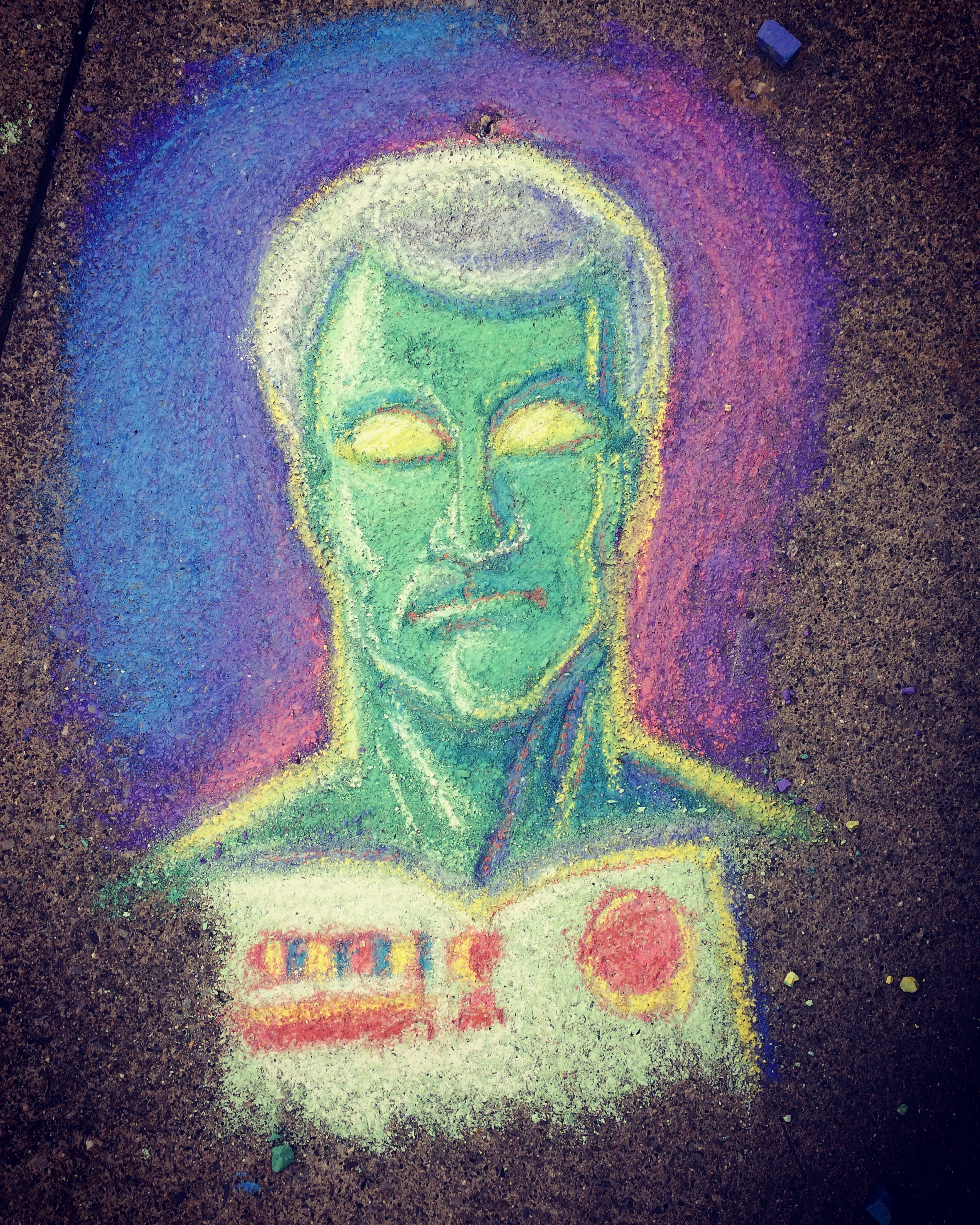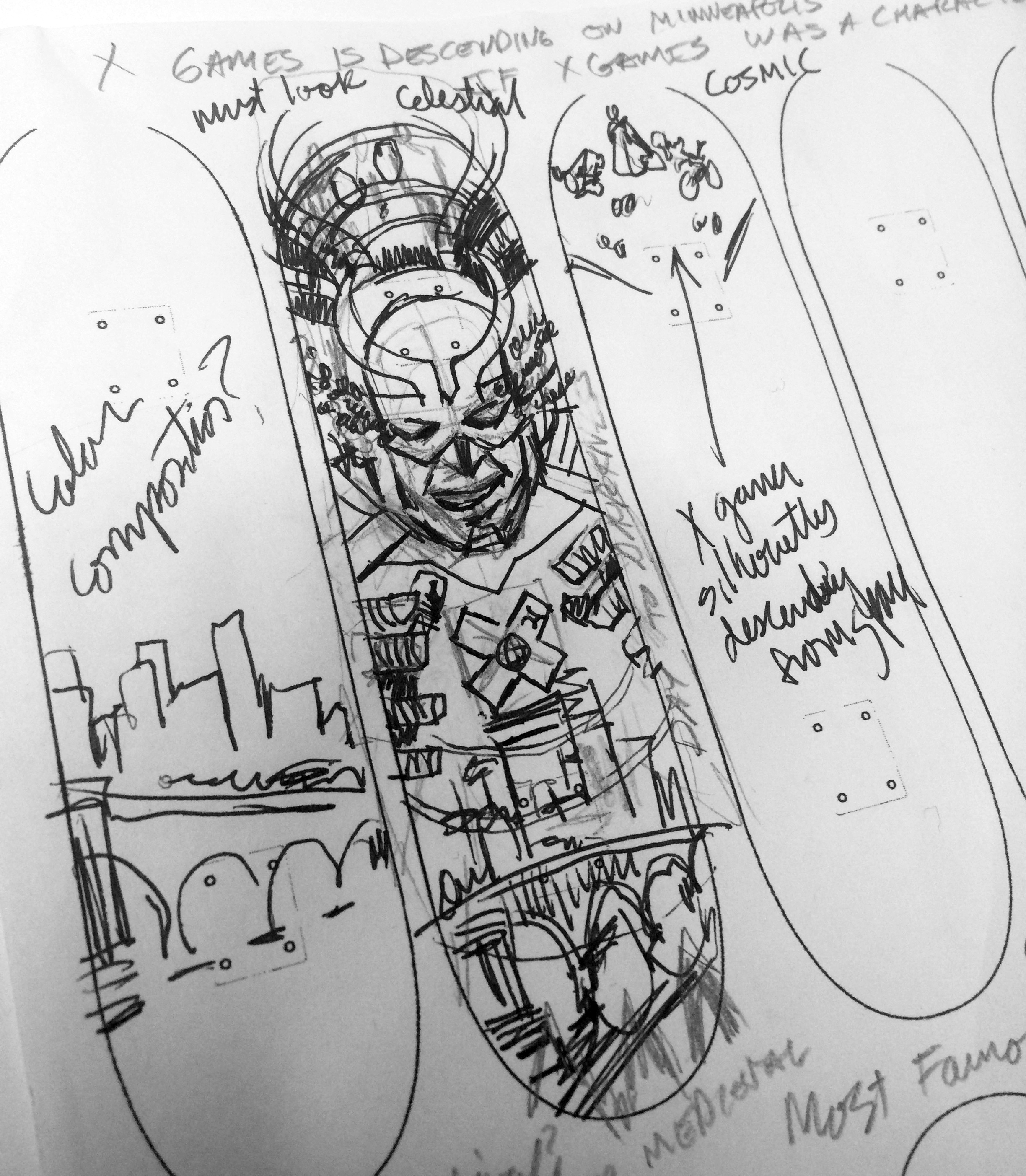I once had a friend tell me that our thoughts are like water. We must direct them where we want them to go. Otherwise our thoughts will stagnate, or run down hill.
I believe that statement is true. As creatives, we need to be feeding our brains constantly with good things and reproducing our great ideas as well as absorbing the great thoughts of others into our creative DNA in order to produce new creative thought offspring.
So, I thought I'd share a few habits that I practice daily that have been a great benefit to me.
1. Listen to podcasts regularly
There are several podcasts I listen to regularly to develop myself as an artist and creative. Some examples of these are SeanWes Podcast, 3 Point Perspective, Merch Lifestyle, Creative Slide, and the Abundant Artist Podcast. If you prefer video, alot of podcasts also have video available on youtube.
The point here is to make sure that you are always learning.
2. Get a hobby that compliments your creative pursuits
Hobbies can be a great reset button to help us not get burned out on creativity. And if used correctly, they can also help inspire our creatity. I've always loved skateboarding and toys. And ironically, both of those interests lead right back into the process of me making art.
Often times there is a symbiotic relationship between your creativity and your other hobbies.
3. Spend time with other creatives who inspire you
There are a couple of people in my life who continue to pull me out of pits of despair. Being around them is like drinking water. So I try to be around them regularly. I am an introvert so being around people for long lengths of time usually exhausts me (no fault of their own). But spending time with other creatives who inspire me usually leaves me energized.
So get some creative encouragers around you. (I emphasize the word "encouragers.")
4. Read books
Your mind is hungry and you're going to fill it with something. It is helpful to choose the things you fill it with. A constant intake of daily world news is enough to extinguish the creative spirit. I'd encourage you to read about what fascinates you.
Right now I'm reading "Room to Dream" by David Lynch, and it is incredible. I relate alot to how Lynch's creative process, and the organic nature of ideas developing over time coming to you piece by piece. I love that. So reading his book tends to open up this place in my mind that I always love visiting. So I've spent alot of time listening to his interviews on youtube to try and get inside his brain.
If you're not a physical book reader, try audio books. Most can even check these audio books out from their library over their phone for free.
Currently I'm reading a book by Brennan Manning and listening to the audio book adaption of DUNE by Frank Herbert. Not sure if I like it yet, but it's painting a picture of worlds in my mind to visit and therefore expanding my mind and I dig that. I also have a Pocket Guide to Taking Action that I open up every couple days. And a great book on Stoicism by Ryan Holiday.
5. Get some virtual mentors
It's highly unlikely that you'll get a chance to study under all the artists and writers whose work you love. But there's still a way you can learn from them. If they're still alive, listen to their lectures on youtube, take their courses, and read their books.
Absorb what they have to say and let that guide you in your own creative journey.
6. Be a producer, not a consumer
My kids hear me say this all the time and it's a question I have to continually ask myself. Am I passively consuming content, OR am I producing content that others will see, read and learn from?
Are you producing or consuming?
Be part of the small crowd that is actively producing, not passively consuming.
7. Invest money into your own development
I recently signed up for Skillshare just to take a couple courses by Aaron Draplin on logos and type. I've also been part of paid mastermind groups. Don't be afraid to pay money to do that.
In fact, you will get more out of it if it costs you money. Investing in yourself is worth it and will set you apart. So invest in yourself.
8. Watch TV and movies selectively
I'm not against watching a good movie or TV show. I watch less than most because I'd rather have something to show for my time. In fact it's very rarely that I will sit down to watch something that I won't have a sketchbook or research materials by me.
There's nothing wrong with watching netflix. But what are you watching? Is it contributing to your development as a creative? OR are you just binge watching something to be binge watching something?
See if there's a way to make the media you're consuming serve the art you're making.
Friends, your brain is hungry and is going to eat something. Make sure you are intentional in what you feed it.
Was this article helpful? Have an idea you want me to cover? Let me know, I'd love to hear from you.
Feel free to join my mailing list.













